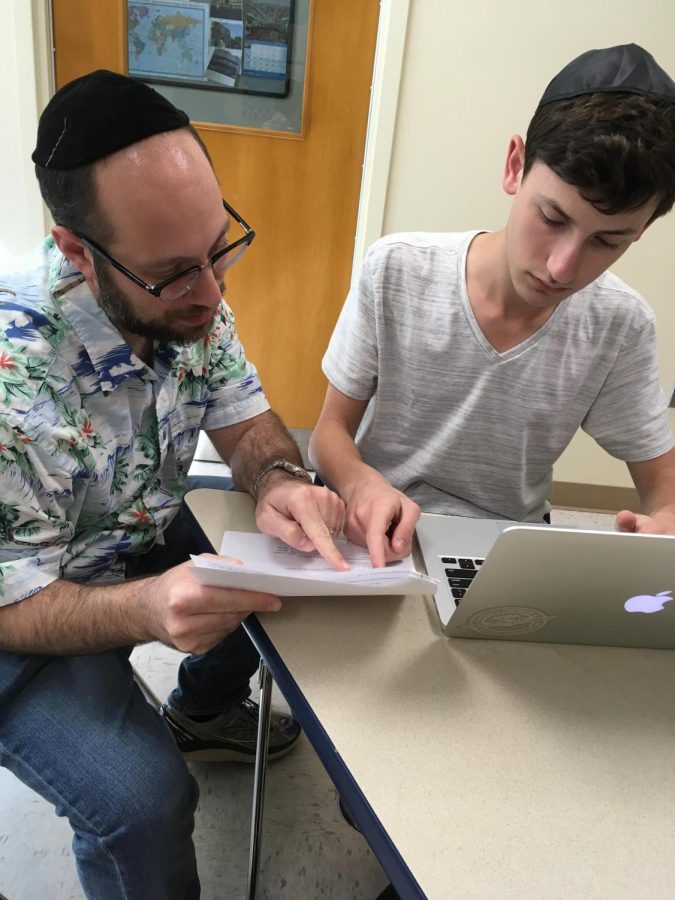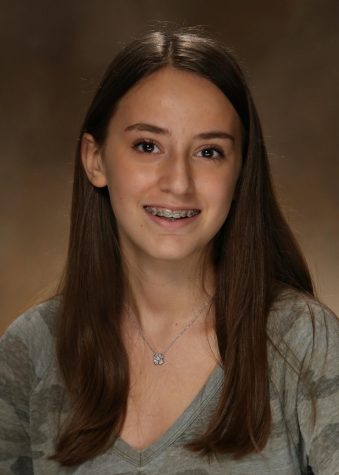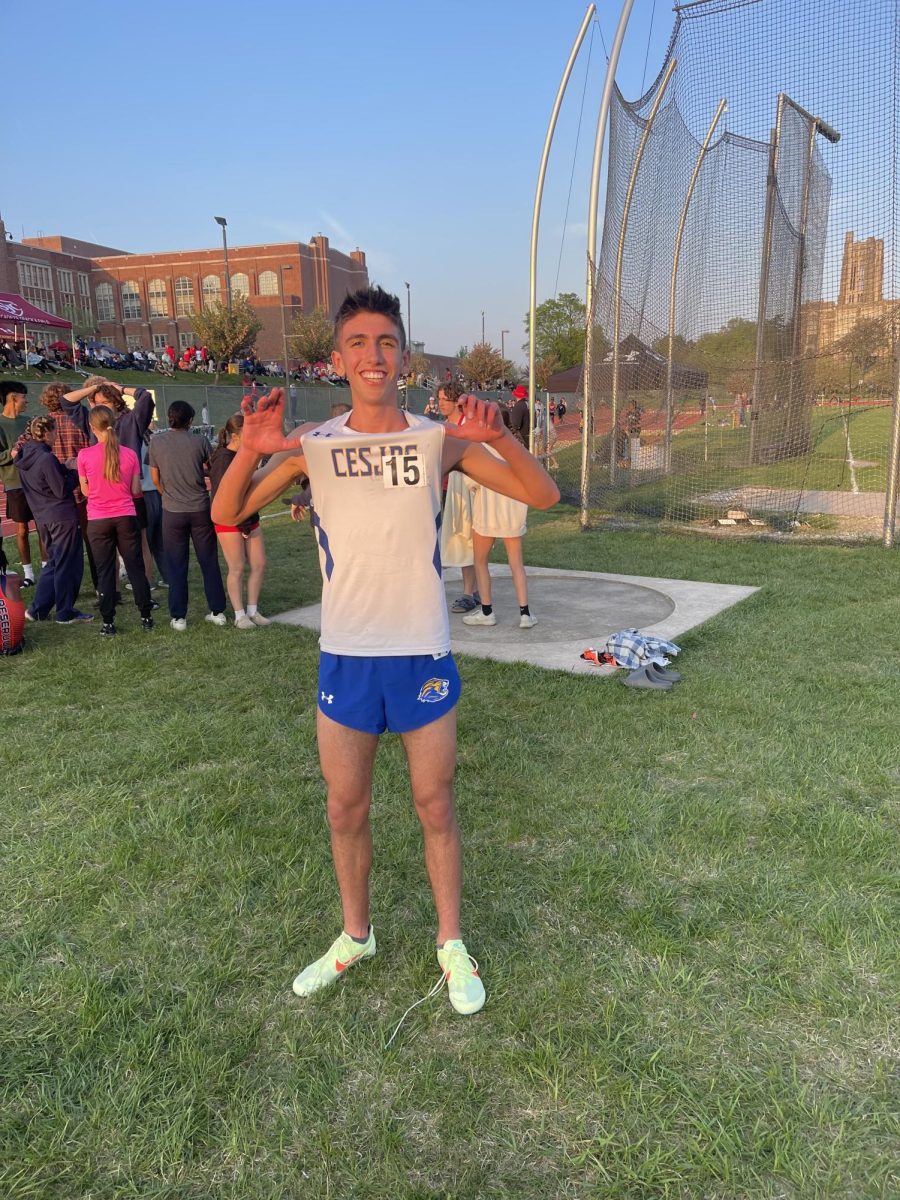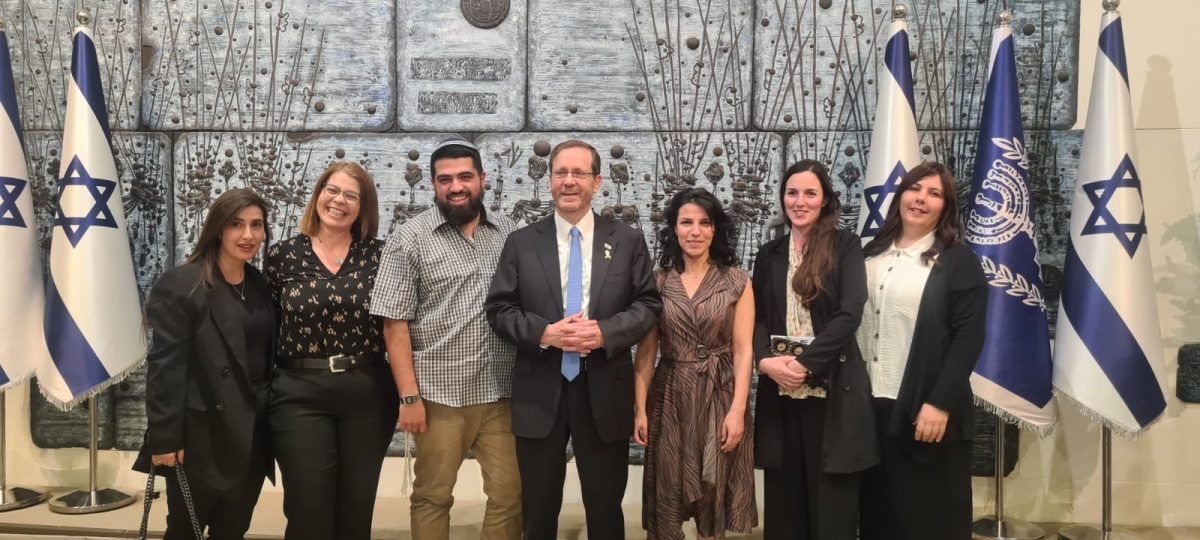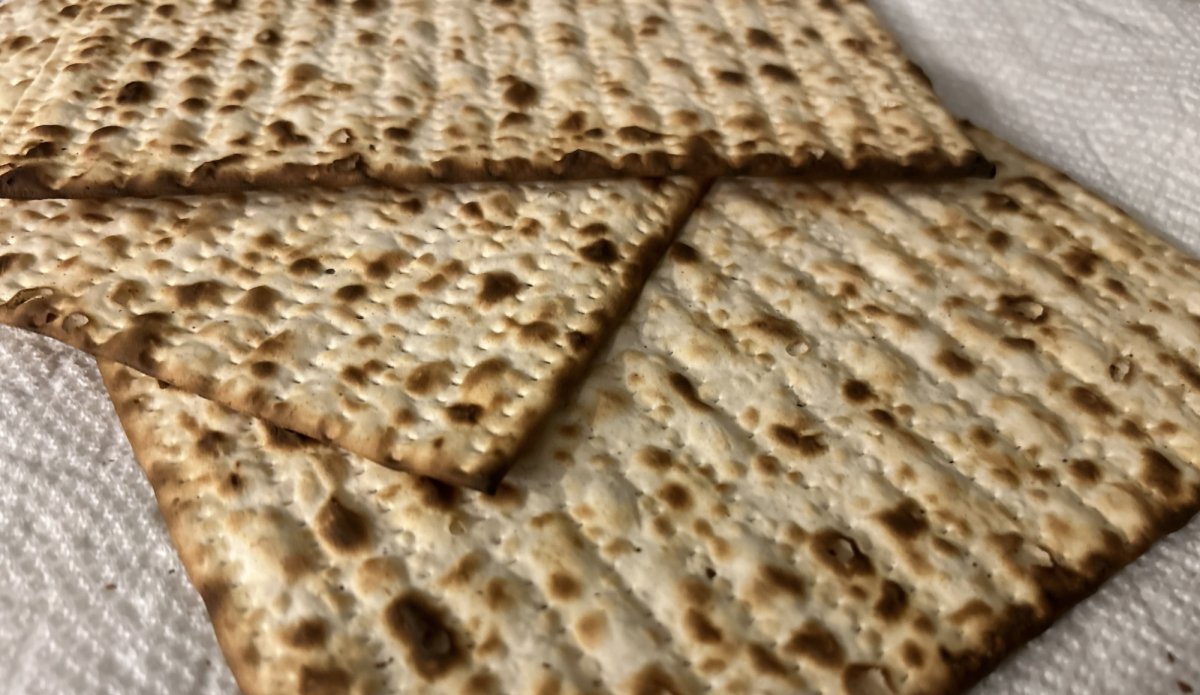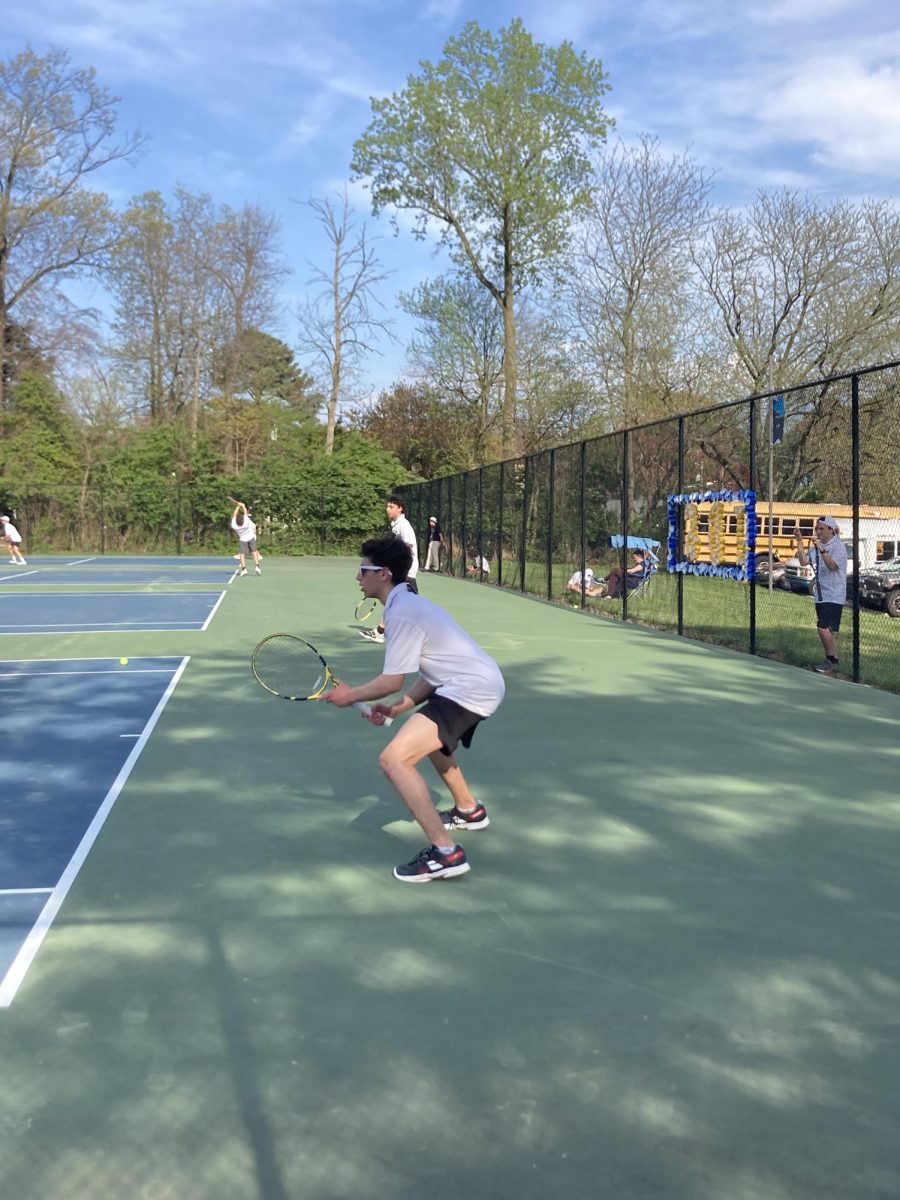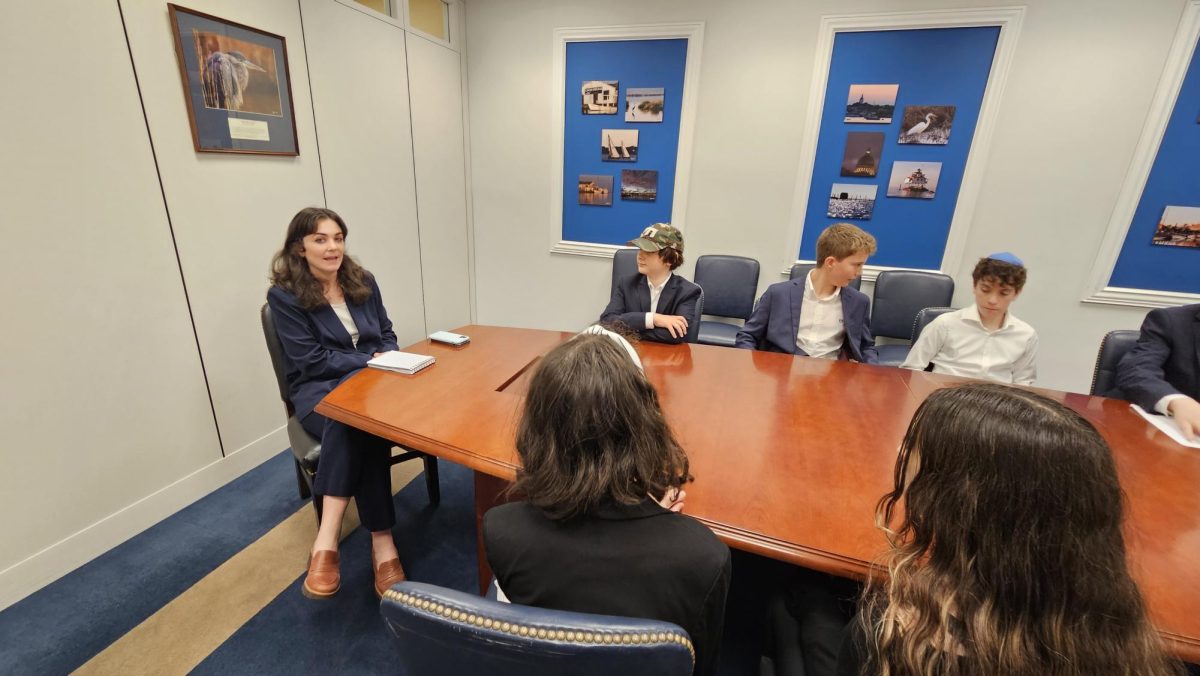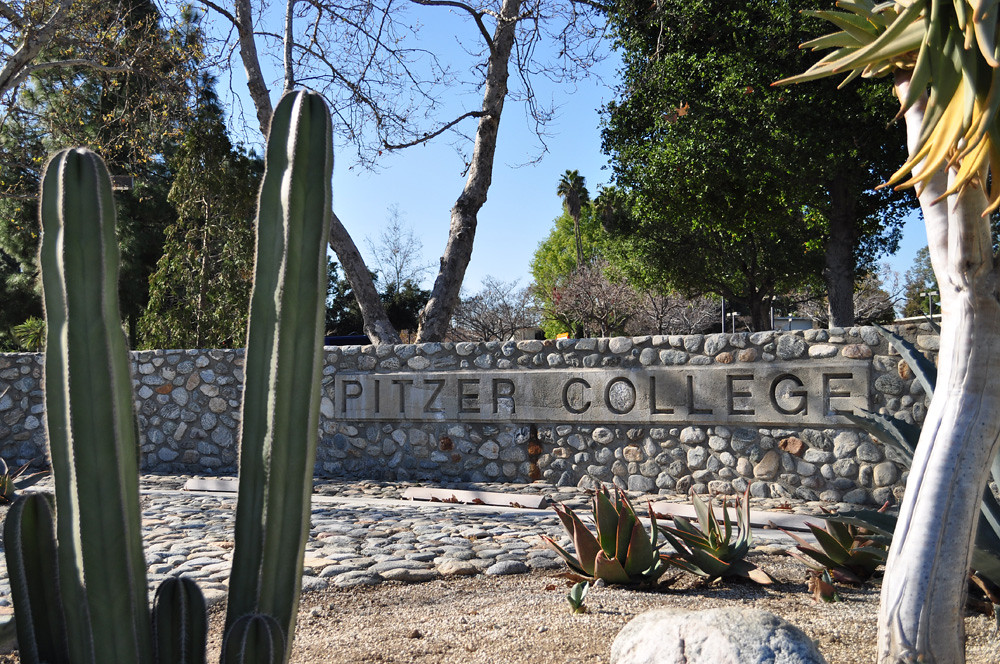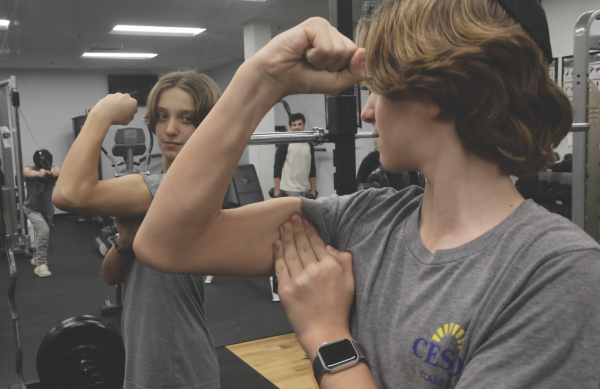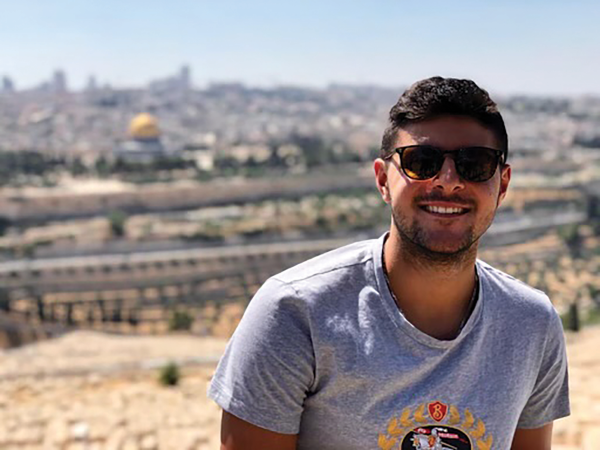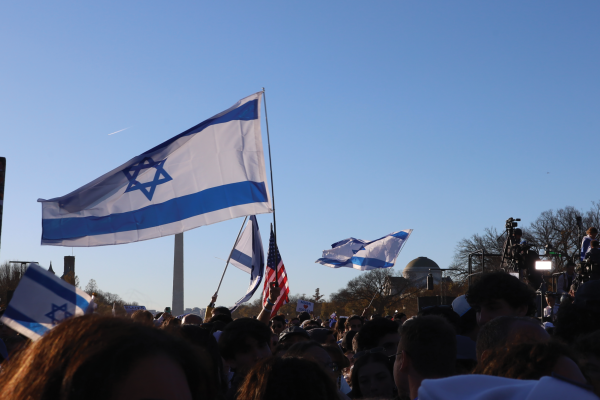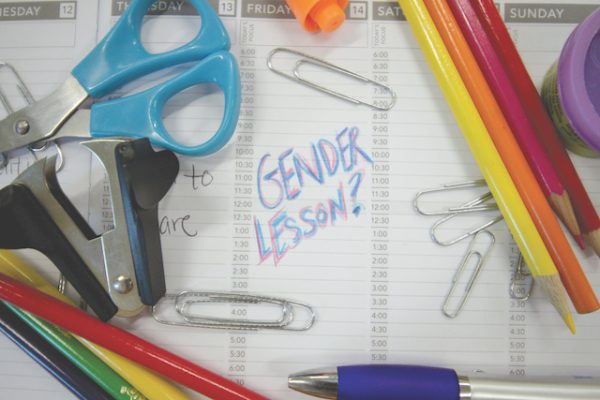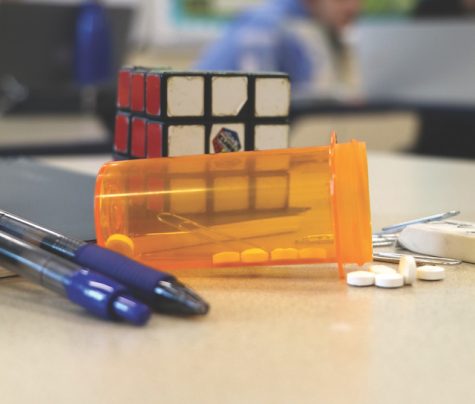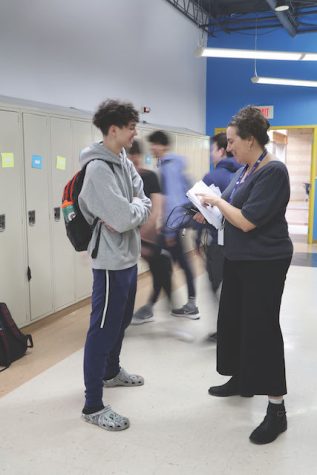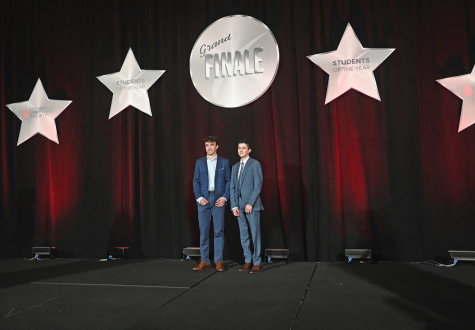Student-teacher dynamics shape community
Upper School Educational Support Services teacher Brett Kugler works with sophomore Sam Fingerhut.
May 4, 2018
Walking through the halls of CESJDS, students constantly wave and nod to their teachers as they pass them. These interactions exemplify the nature of the relationship between students and teachers at the school.
According to Dean of Students Roslyn Landy, JDS has a very relaxed environment, which allows for these meaningful student-teacher relationships.
“I think one of the most wonderful things about JDS is the faculty-student relationships. Each year, I do exit interviews with seniors,” Landy said. “We meet in small groups to talk about what worked well in the JDS education and what things we could improve. The first thing the seniors always say in the exit interviews is ‘I love this school because of my relationships with my teachers. They care about me as a whole person.’”
She compared the community at JDS to a big family, whereas at other schools it may be less relaxed and more of a formal environment. Freshman Hannah Azachi, who attended Herbert Hoover Middle School prior to JDS, says you have the ability to form close relationships in public school too, but it is easier to form these bonds at JDS.
“In public school, it’s usually you go to school, you learn, sometimes you hang out with your friends, but that’s outside of school and then you leave for the day,” Azachi said. “Here it’s more of a community so teachers and students have an easier way of creating friendships with each other.”
As JDS is a private school, it has a smaller student body than a public school and has different resources for students, such as smaller classes where teachers can work with students one-on-one. Azachi also found that the department offices are helpful for students.
“Just the other day, I needed some math help here at JDS and I went into the office and because they’re in an office if my teacher isn’t there and I say I need help with geometry a ton of them can come and help me, whereas in public school you would have to go to different classrooms and it might be a little awkward if you don’t know the teacher in particular,” Azachi said.
English teacher Melissa Fisanich, who has two children who attend public school and used to tutor students in other schools agrees that a public school teacher and student relationships may be a bit more formal or awkward.
“One thing that realistically happens in some public schools is the students and the teachers feel that it’s sort of an ‘us against them,’” Fisanich said. “I don’t know how much the teachers at public school feel that, but the students definitely feel that they are on a different team from the teachers.”
Fisanich said that while at JDS students may not like a teacher or complain about them, in general students feel that teachers are “genuinely” supportive and that they like and care about their students.
In her own classes, Fisanich tries to set a good example for her students and to be a role model.
“I try to do things where I’m not just teaching English,” Fisanich said. “I try to make myself an adult that students can ask questions to.”
Math teacher Tori Ball said that another thing that helps develop those special student and teacher relationships is that at JDS, you have the ability to teach a student multiple times during their high school career.
“Once you’ve had an entire year to get to know someone and how they learn and just who they are as a person you know it’s easier to think about learning in terms of ways that will appeal specifically for them,” Ball said.


